A little over a week ago a discovered the word “Human Zoos”.. Makes you wonder right? What could that possibly mean? If you are like me and have never heard of this before then you are probably puzzled.
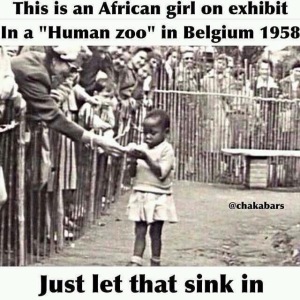 Lets take a walk down history lane a bit. and FYI this might be a bit explicit and make you feel sad, angry or even nauseous, but it is part of history and it has me interested so if you think you might not be able to handle it I suggest you turn right back around and close the page.
Lets take a walk down history lane a bit. and FYI this might be a bit explicit and make you feel sad, angry or even nauseous, but it is part of history and it has me interested so if you think you might not be able to handle it I suggest you turn right back around and close the page.
Unfortunately, human zoos are yet another uncomfortable example of the world’s flawed past of racism and what’s worse is they happen to be a part of our recent history. Racism has come a long way since the 1800s, but it still occurs today. These wildly flawed incidents of the past are horrific, but should not be forgotten. Along with paying homage to those who suffered, acknowledging these acute examples of racism in our past often reflects the issues of today that will undoubtedly shock and appal generations to come.
It was not too long ago that people from France, Belgium, Germany, and other countries came to visit humans who were locked up in cages. In these zoos, humans were on exhibit in front of a large audience, locked in with animals at a local zoo.
Hundreds of thousands of people would visit these minorities who were on display like animals. The humans zoos were a large attraction, as 18 million came to visit the World Fair in 1889, held in Paris. Over four hundred Aboriginals and Africans were displayed in front of large crowds of people, stripped down half-naked and thrown into cages.
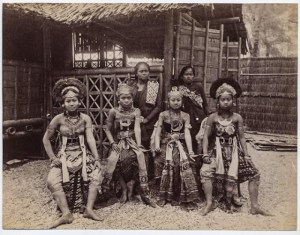
Africans, Asians, and Indigenous people were often caged and displayed in a makeshift “natural habitat.” The human displays were very popular and were shown at world fairs from Paris to New York.
At the 1931 Paris World Fair, this exhibit was so successful that it drew 34 million visitors.Indigenous people are shown participating in archery in 1904 in St Louis at an event whites organized called the “Savage Olympics Exhibition.”
Humans zoos were very popular in Europe during the late 1800s until the mid 1900s. North America was not to be outdone, though, as they also got into the human zoo game.
 Women were recruited( and when I say recruited I really mean enslaved) to work in a Paris zoo because of a genetic characteristic known as steatopygia – protuberant buttocks and elongated labia. Europeans went to the zoo to stare at their curves, amazing that the obsession with the big butt isnt just a new thing, because these women where different they were sexualized, treated like sexual creatures because of the way they were built, they believed that their bodies where unusual and overly sexual and therefore deserve to be treated like sexual creatures. Men and women alike would go to these exhibitions to see them, to touch their bodies( their butts, their private parts and their breasts) as they wish.
Women were recruited( and when I say recruited I really mean enslaved) to work in a Paris zoo because of a genetic characteristic known as steatopygia – protuberant buttocks and elongated labia. Europeans went to the zoo to stare at their curves, amazing that the obsession with the big butt isnt just a new thing, because these women where different they were sexualized, treated like sexual creatures because of the way they were built, they believed that their bodies where unusual and overly sexual and therefore deserve to be treated like sexual creatures. Men and women alike would go to these exhibitions to see them, to touch their bodies( their butts, their private parts and their breasts) as they wish.
A 20 year-old girl from South Africa known as Sarah “Saartjie” Baartman would be emblematic of the dark era that gave rise to the popularity of human zoos. She was recruited by an exotic animal-dealer on location in Cape Town and traveled to London in 1810 to take part in an exhibition. The young woman went willingly under the pretense that she would find wealth and fame. Exhibitors were looking for certain qualities in their ‘exotic’ recruits that either coincided with the European beauty ideal or offered unexpected novelty. Sarah had a genetic characteristic known as steatopygia; a protuberant buttocks and elongated labia.
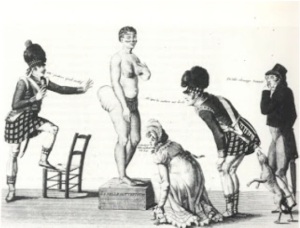
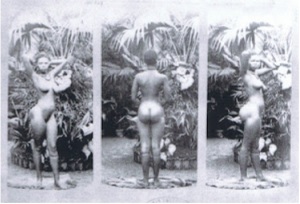
She found herself being exhibited in cages at sideshow attractions dressed in tight-fitting clothing that violated any cultural norms of decency at the time. A few years later she came to Paris where racial anthropologists poked and prodded and made their theories. Sarah eventually turned to prostitution to support herself and drank heavily. She had been in Europe for only four years.
When she died in poverty, Sarah’s skeleton, sexual organs and brain were put on display at the Museum of Mankind in Paris where they remained until 1974. In 2002, President Nelson Mandela formally requested the repatriation of her remains. Nearly two hundred years after she had stood on deck and watched her world disappear behind her, Sarah Baartman finally went home, where the air smelled of buchu and mint, and the veld called out her name.

We have come far as humanity, for things like this to not be happening anymore, but it is always good to never forget our history so that we do not make the same mistakes we did before.
Just let that sink in…..
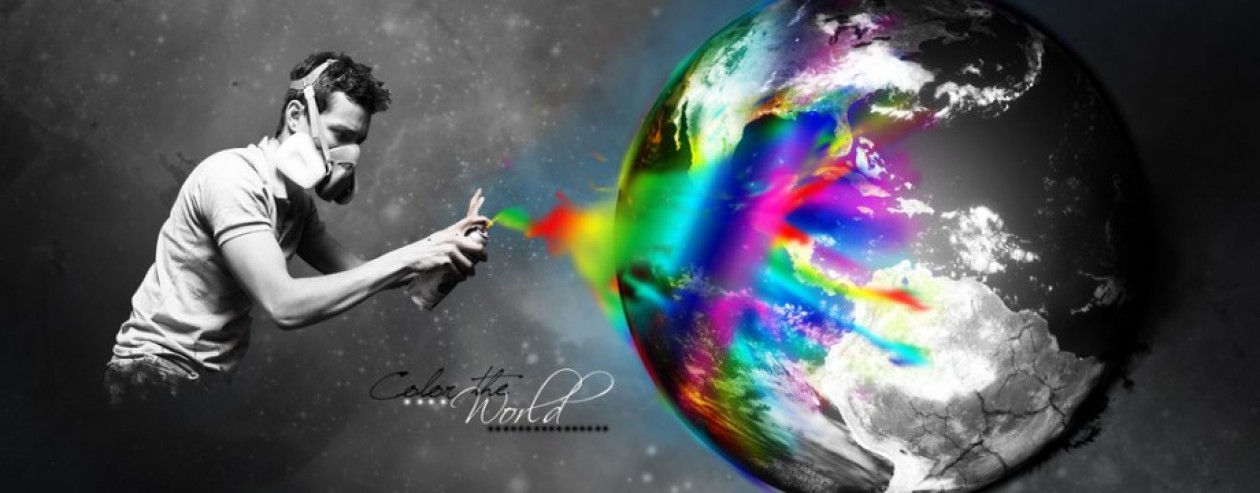
As a black man from America, as a humanitarian, and as an avid studier of history I will first say thank you for helping to increase awareness of the types of atrocities that have been committed. I appreciate you.
Unfortunately there are still great crimes being committed against humanity even today and even in America. Progress made but still a long way to go.
You are very right Sean. All we can do is try to raise awareness as much as we can.
Cute, and London? and New York? it must be said each city that did it, please so they can understand that was not Europe the crazy one…this crazy people grandchildren of this people must understand why they hate the different, must face his racist past, and at list apologize to the direct families of this persons
very true